April 23, 2024
Top 20 Summer Vegetables for a Thriving Garden and Healthy Diet
CM Content Team


View all
140+
Resorts
April 23, 2024
CM Content Team
As summer sets in, maintaining good health becomes essential to combat dehydration, heat exhaustion, and nutrient loss. A diet rich in seasonal vegetables not only keeps the body cool but also provides essential vitamins, minerals, and antioxidants. These vegetables thrive in warm temperatures, offering a natural way to stay hydrated, boost immunity, and support digestion. Whether grown in home gardens or sourced fresh from the market, they bring flavour, nutrition, and variety to everyday meals.
Here are 20 summer vegetables that are perfect for a thriving garden and a healthy diet.
What you will read:
20 summer vegetables
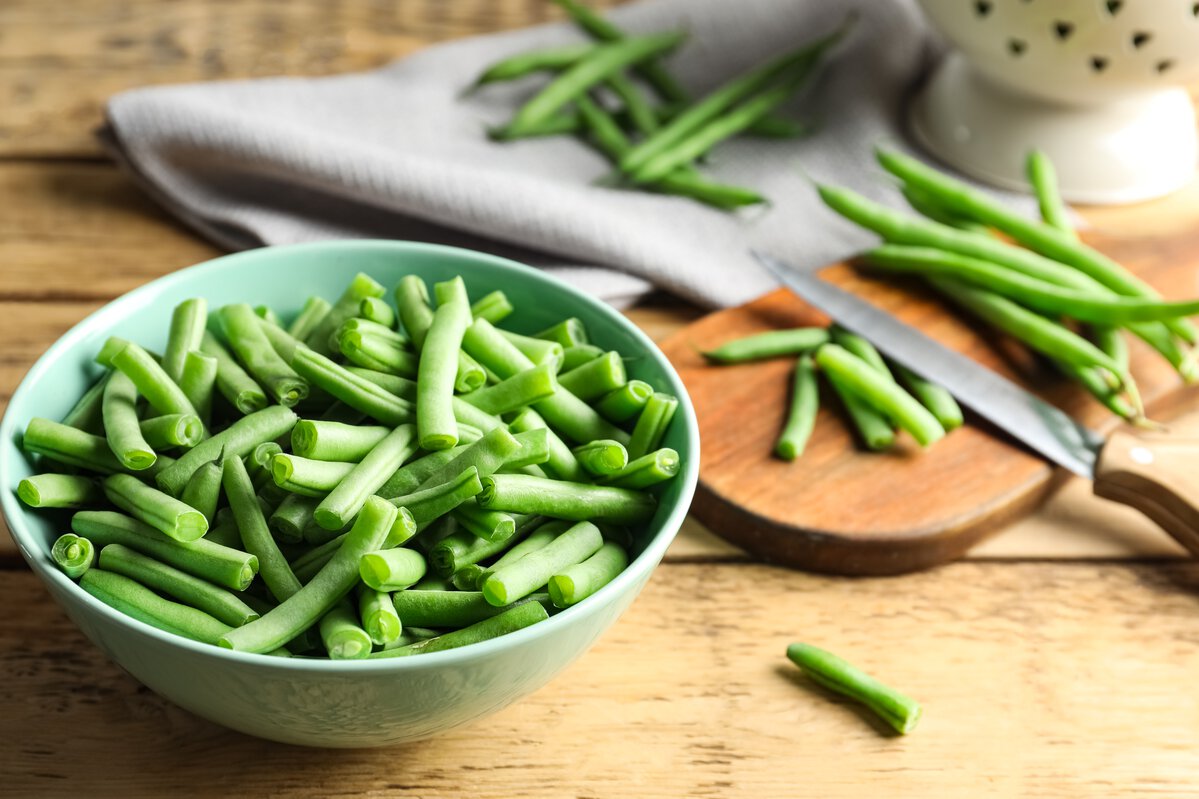
"French beans" or "green beans" in India, are widely cultivated in Andhra Pradesh, Karnataka, Maharashtra, and Tamil Nadu. They're known as "Chikkudu" in Telugu and "Sem" in Tamil Nadu, thriving in both backyard gardens and larger agricultural fields.
Nutrients: Beans are rich in protein, fibre, and essential minerals.
Health Benefits: They promote heart and digestive health, aid blood sugar control, and support weight management. Beans are a cultural staple in Indian cuisine.
Quick Recipe: Try a quick Beans Thoran stir-fry: sauté beans with spices, coconut, and curry leaves for a flavourful South Indian side dish.
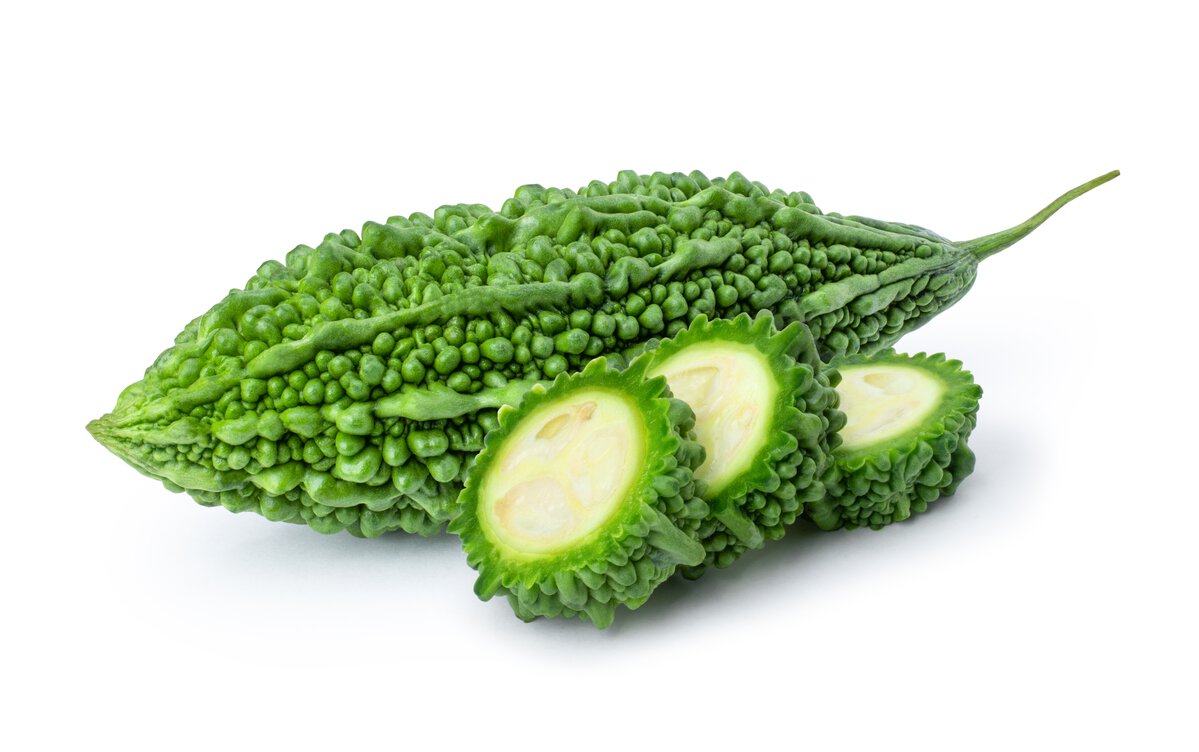
Bitter gourd, locally known as "karela" in India, flourishes in warm and humid climates, particularly in states like Maharashtra, Karnataka, and Andhra Pradesh. Its distinct bitter taste adds depth to various dishes, making it a beloved ingredient in Indian cuisine.
Nutrients: This summer vegetable is packed with nutrients like vitamins C and A, iron, and fibre.
Health Benefits: Its bitter taste is offset by its numerous health benefits, including blood sugar regulation, improved digestion, and immunity support.
Quick Recipe: In Indian cuisine, it's celebrated for its versatility. Stuffed Bitter Gourd, filled with spicy masala and pan-fried until tender is a delicious and nutritious delicacy.
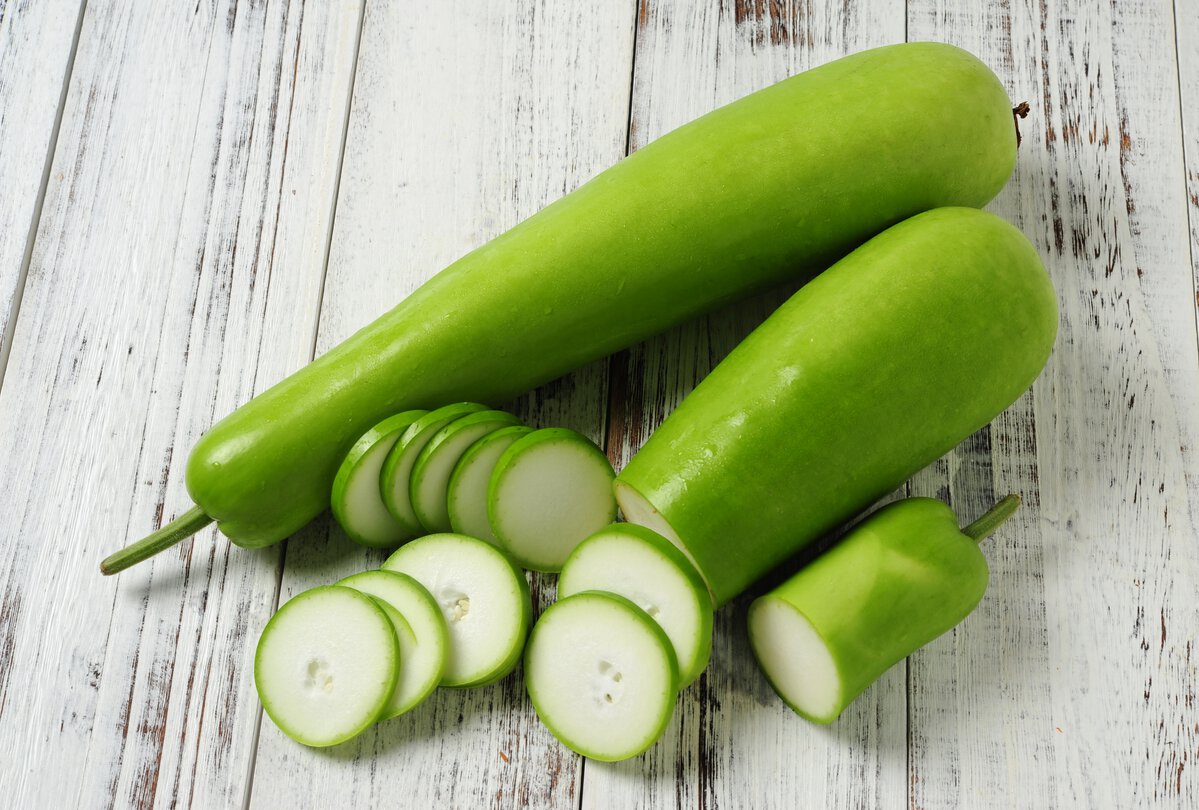
In the sun-kissed lands of India, bottle gourd, affectionately dubbed "lauki" or "ghiya," flourishes in the fields of Uttar Pradesh, Maharashtra, and Bihar. Nutrients: Bottle Gourd has a high water content. It is rich in vitamin B and C, minerals like calcium and magnesium and antioxidants.
Health Benefits: It promotes hydration, aids digestion, and supports weight loss. Interestingly, bottle gourd is believed to have originated in Africa.
Quick Recipe: Revered for its gentle flavour and culinary adaptability, this vegetable has its presence in a spectrum of delicacies, from savoury curries to indulgent desserts. Simmer chopped gourd with spices, tomatoes, and coconut milk for a delicious and nutritious bottle gourd curry.
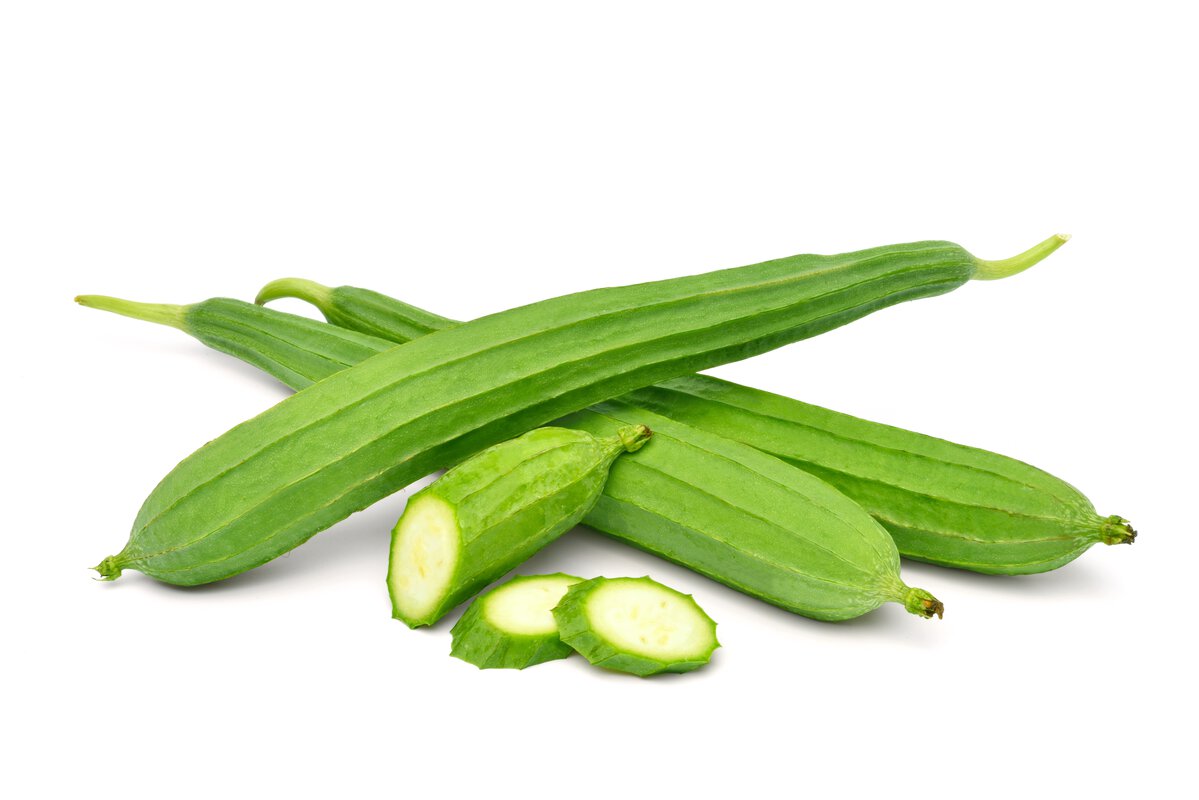
"Torai" or "turai," thrives in warm and humid climates, commonly grown in regions like Uttar Pradesh, West Bengal, and Tamil Nadu.
Nutrients- It's low in calories but rich in fibre, vitamins C and A, and minerals like iron and potassium,
Health Benefits: This seasonal vegetable promotes digestion, immunity, and heart health. Interestingly, ridge gourd is often used in Ayurvedic medicine for its cooling properties.
Quick Recipe: Its tender flesh and subtle flavour make it a popular addition to curries and stir-fries. For a Ridge Gourd Sabzi, sauté sliced ridge gourd with spices and coconut for a flavourful side dish.
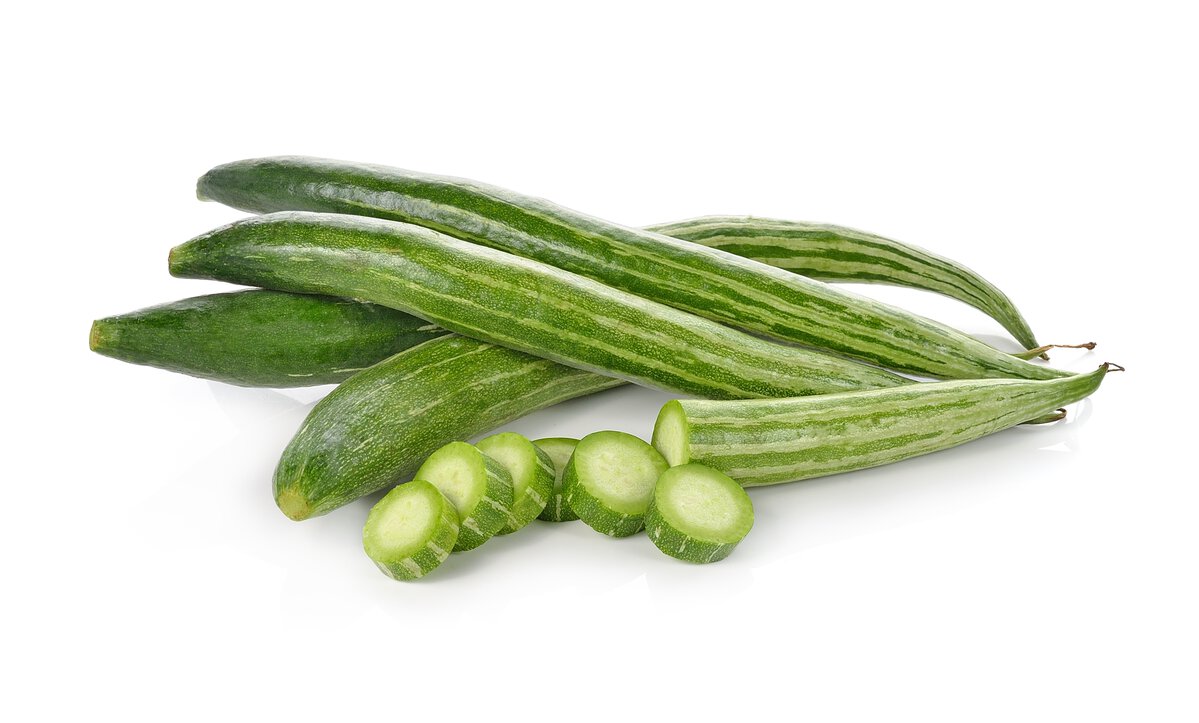
A slender and versatile vegetable thriving in the tropical abundance of India's vibrant landscapes, snake gourd, also known as "chichinda" flourishes in states such as Kerala, Karnataka, and Andhra Pradesh.
Nutrients: It is low in calories but high in fibre, vitamin A, C, E and minerals like calcium and magnesium.
Health Benefits: It supports digestion, bone health, and immunity.
Quick Recipe: Its elongated shape and mild taste lend themselves well to various Indian dishes, including soups and stews. Snake Gourd Stir-Fry: sauté sliced snake gourd with spices and coconut for a flavourful dish.
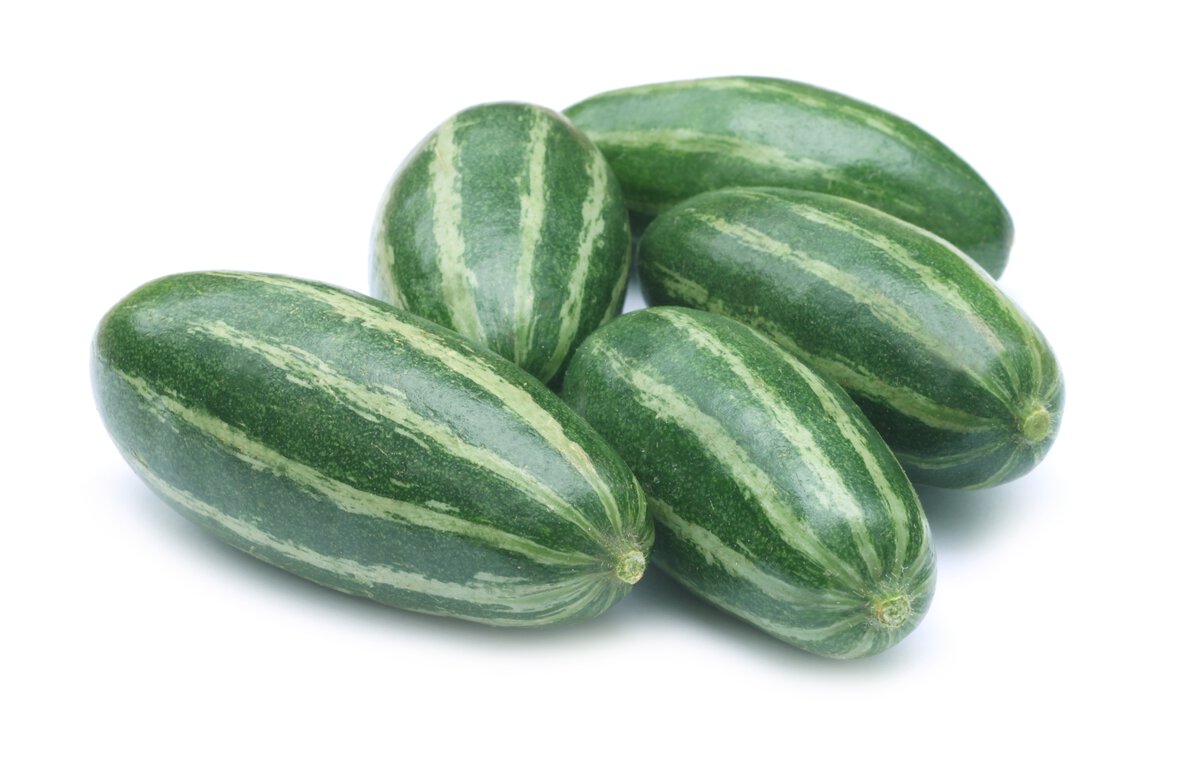
Pointed gourd, known as "parwal" or "potol," is predominantly cultivated in states like West Bengal, Bihar, and Odisha, thriving in warm and humid conditions.
Nutrients: This summer vegetable is low in calories but high in fibre and vitamins A, C, and E.
Health Benefits: It supports digestion, immunity, and weight management. Interestingly, pointed gourd is a popular ingredient in Indian Ayurvedic medicine for its medicinal properties.
Quick Recipe: Its distinctive shape and slightly bitter taste make it a versatile ingredient in both savory and sweet Indian cuisine recipes. Fill the pointed gourd with a spicy mixture of masalas and cook until tender for a delicious dish.
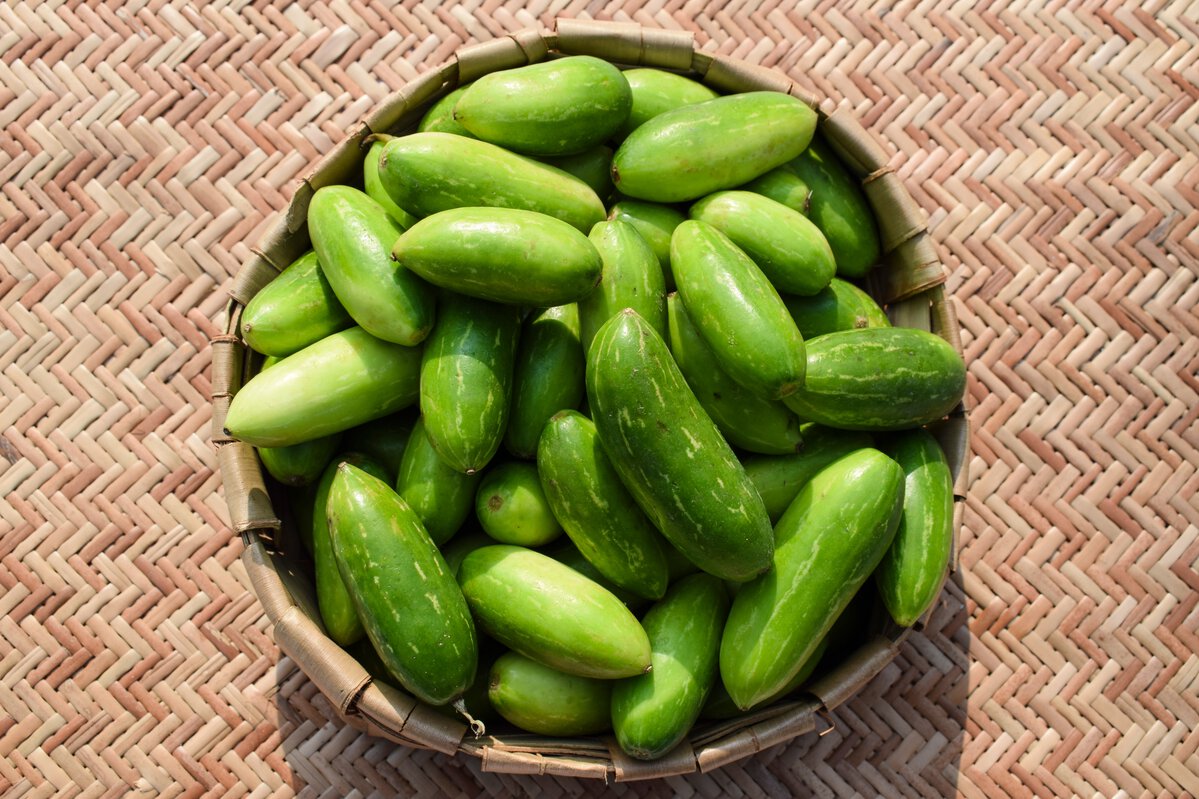
Coccinia grandis, known as ivy gourd, is a vibrant and nutritious vegetable. Ivy gourd, locally referred to as "tindora" or "kundru," grows abundantly in states like Kerala, Karnataka, and Maharashtra.
Nutrients: It is low in calories but rich in fibre, minerals and vitamin A and C.
Health Benefits: it aids digestion, boosts immunity, and supports blood sugar control. Interestingly, ivy gourd is used in traditional medicine to manage diabetes.
Quick Recipe: With its crunchy texture and slightly tangy flavour, it's a popular choice for pickles, curries, and stir-fries in Indian cooking. Sauté sliced ivy gourd with spices for a tasty side dish.
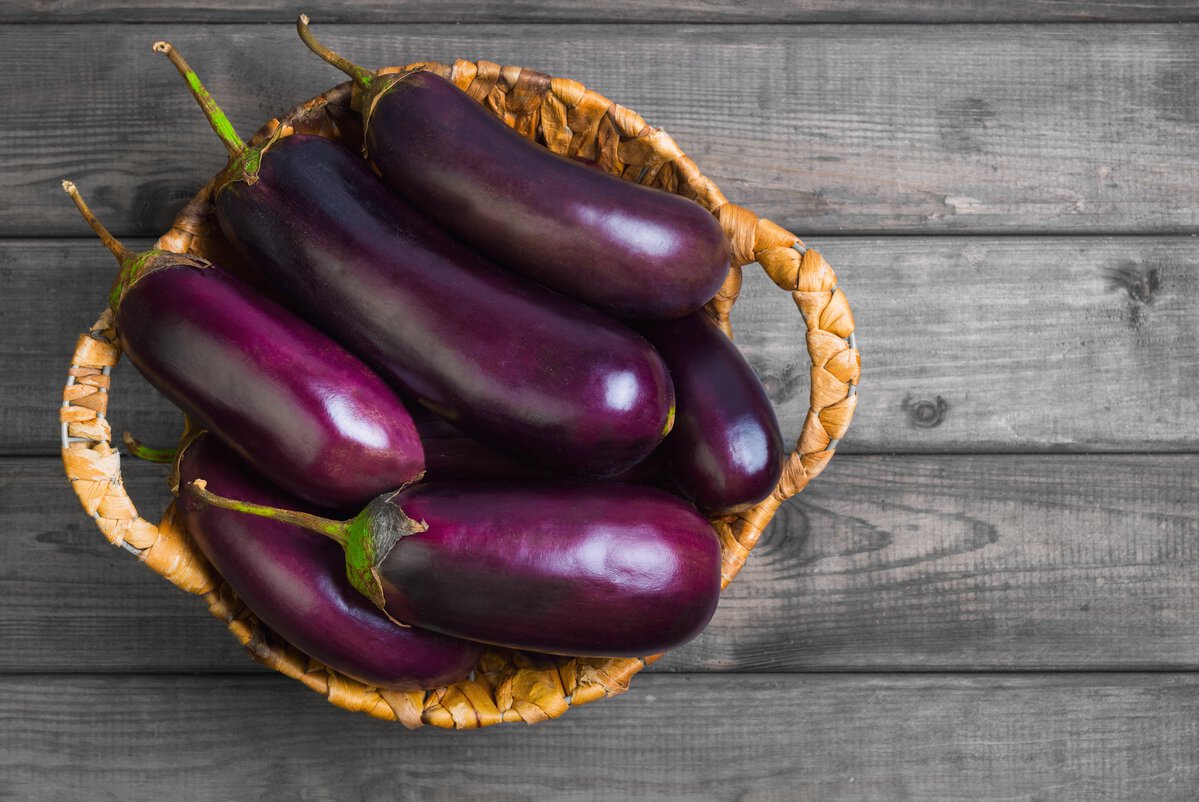
Solanum melongena, commonly referred to as brinjal, is a versatile vegetable renowned for its rich flavour and cultural significance in Indian gastronomy. Brinjal, known as "baingan" or "eggplant" in India, is cultivated and majorly produced in states like Andhra Pradesh, Maharashtra, and Karnataka.
Nutrients: It's a low-calorie vegetable but rich in fibre, vitamin C, K and B6 and minerals potassium and manganese.
Health Benefits: It promotes heart health and digestion.
Quick Recipe: Its versatile nature lends itself to a variety of dishes, from spicy curries to tangy pickles. Roast and mash brinjal, then sauté with onions, tomatoes, and spices for a flavourful North Indian dish known as Baingan Bharta.
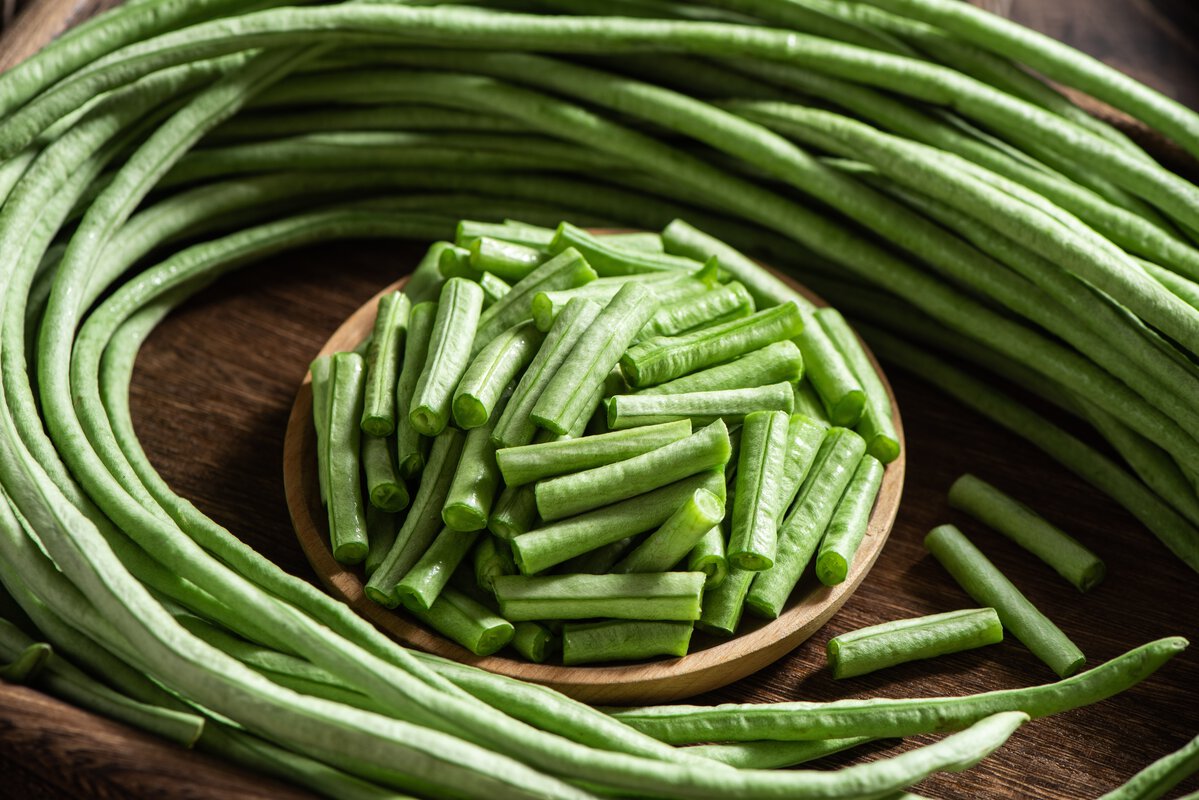
Cowpea is a nutritious legume celebrated for its versatility and rich cultural heritage. Cowpea, or "lobia" or "chawli," is notably grown in states such as Gujarat, Rajasthan, and Uttar Pradesh.
Nutrients: This versatile legume is rich in protein, fibre, and vitamins like folate and vitamin B.
Health Benefits: It supports heart health, aids digestion, and boosts immunity.
Quick Recipe: Its nutrient-rich beans and tender pods are used in traditional Indian cuisine, adding texture and flavour to soups, stews, and salads. Mix boiled cowpeas with diced veggies, herbs, and a tangy dressing for a refreshing and nutritious Cowpea Salad.
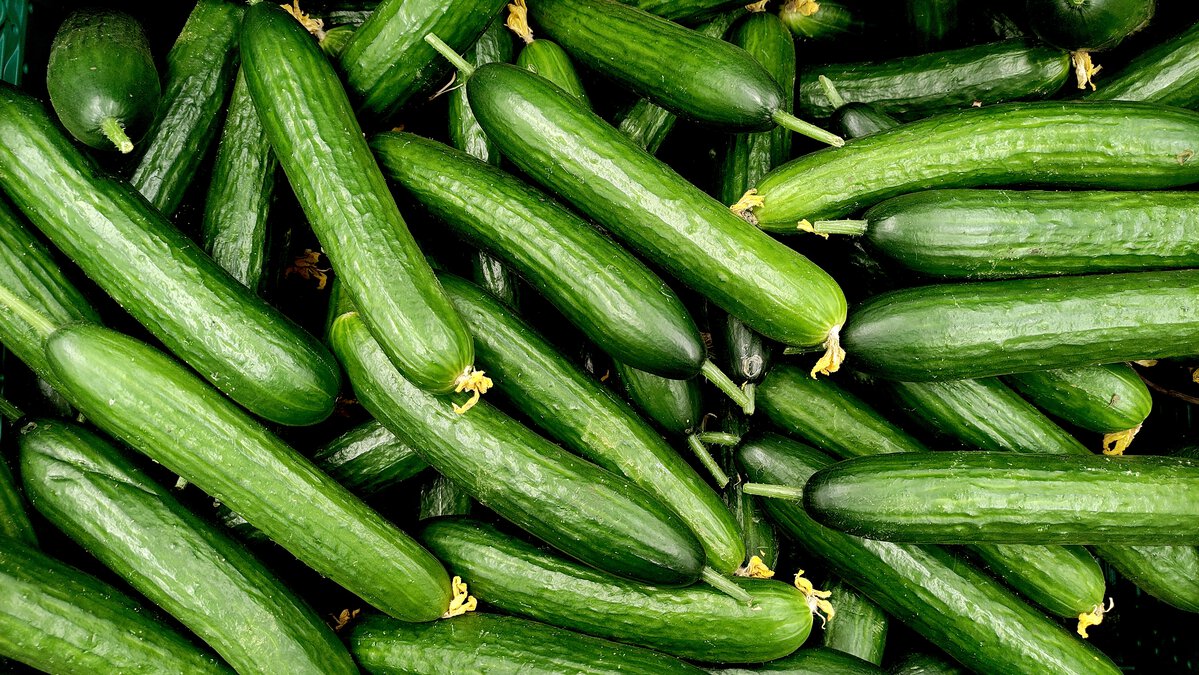
In India, cucumber is widely called "kheera" or "kakdi". It grows well in regions with warm temperatures and ample sunlight, particularly in states like Maharashtra, Karnataka, and Punjab.
Nutrients: This summer vegetable is renowned for its water content, making it hydrating and refreshing. It is low in calories but rich in vitamin K and antioxidants like beta carotene.
Health Benefits: It promotes hydration, aids digestion, and supports skin health.
Quick Recipe: Its crisp and refreshing texture makes it a popular addition to salads, raita, and sandwiches in Indian households.
Cucumber Raita: Mix grated cucumber with yogurt, mint, and spices for a cooling accompaniment.
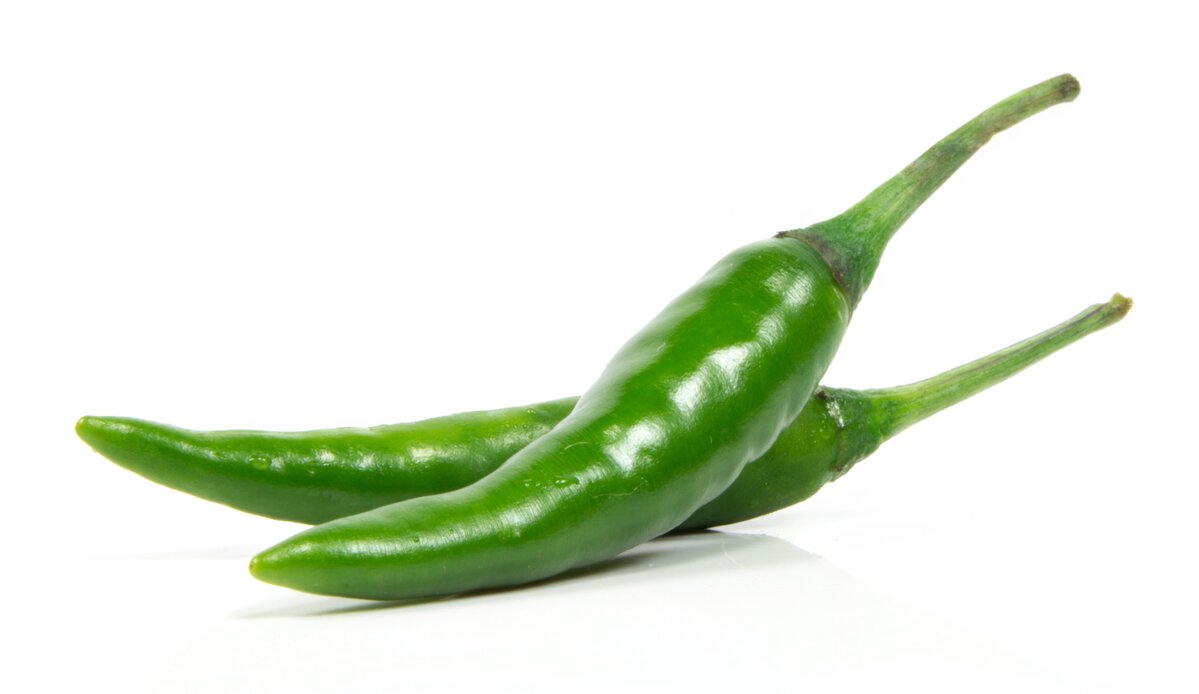
"Hari mirchi" thrives in various regions across India, including states like Andhra Pradesh, Tamil Nadu, and Gujarat.
Nutrients: Green chillies are rich in vitamins A and C.
Health Benefits: it boosts immunity and metabolism, aids digestion, and may alleviate pain. Interestingly, green chilies contain capsaicin, which can temporarily increase metabolic rate.
Quick Recipe: Known for its fiery heat and vibrant flavour, it's a staple ingredient in Indian cuisine, adding a spicy kick to curries, chutneys, and pickles.
Green Chili Chutney: Blend chilies with garlic, lime juice, and salt for a zesty condiment.
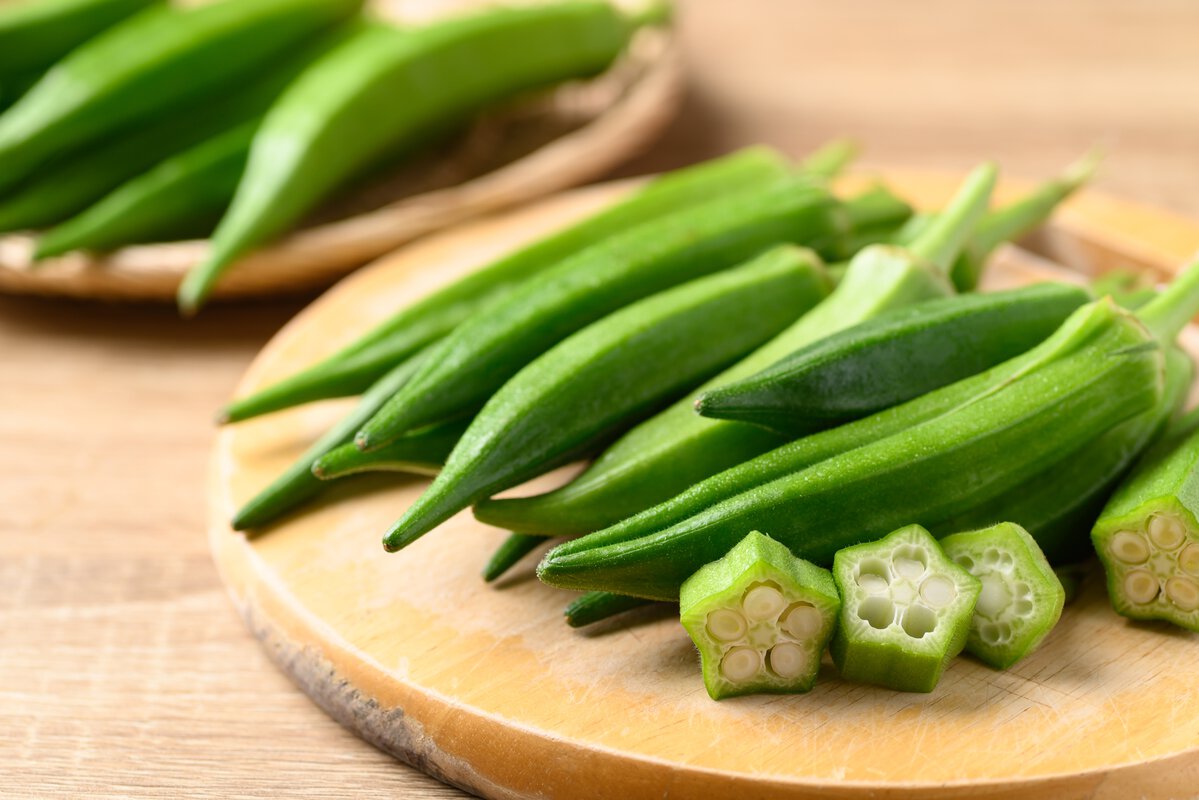
Commonly called Ladyfinger or “Bhindi” in India, it is extensively cultivated in states like Uttar Pradesh, Gujarat, and Andhra Pradesh.
Nutrients: Okra is rich in fibre, vitamins C and K, and antioxidants.
Health Benefits: It supports digestion, boosts immunity, and promotes bone health. Interestingly, okra's slimy texture comes from mucilage, which aids digestion.
Quick Recipe: Bhindi Masala: sauté sliced okra with onions, tomatoes, and spices for a flavourful North Indian dish packed with nutrients.
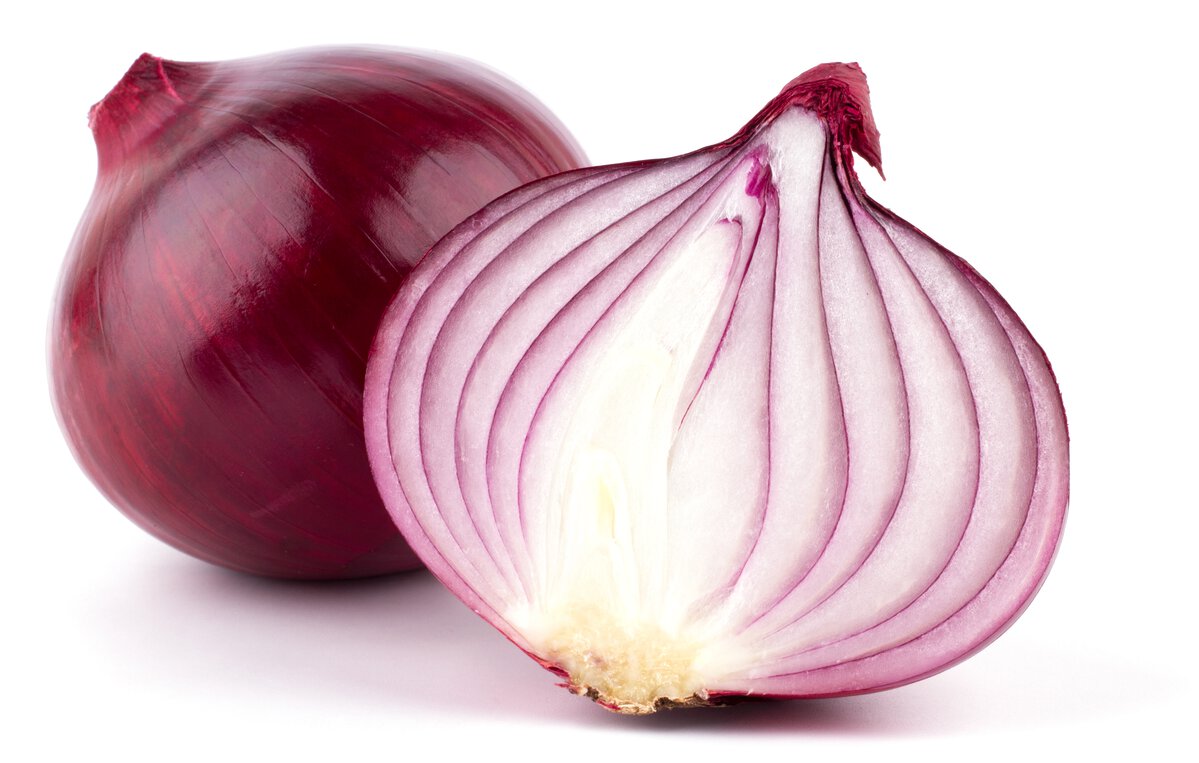
Onion, called "pyaaz" or "kanda" in India, is cultivated in diverse climates across the country, with major production in states like Maharashtra, Gujarat, and Karnataka.
Nutrients: They are low in calories but rich in vitamin C and B6, minerals and antioxidants.
Health Benefits: Supports immunity and heart health.
Quick Recipe: A fundamental ingredient in Indian cooking, onions are used in various forms, from raw in salads to caramelized in curries and biryani.
Onion Pakoras: Coat sliced onions in chickpea flour batter, fry until golden brown, and serve as a crispy and flavourful snack.
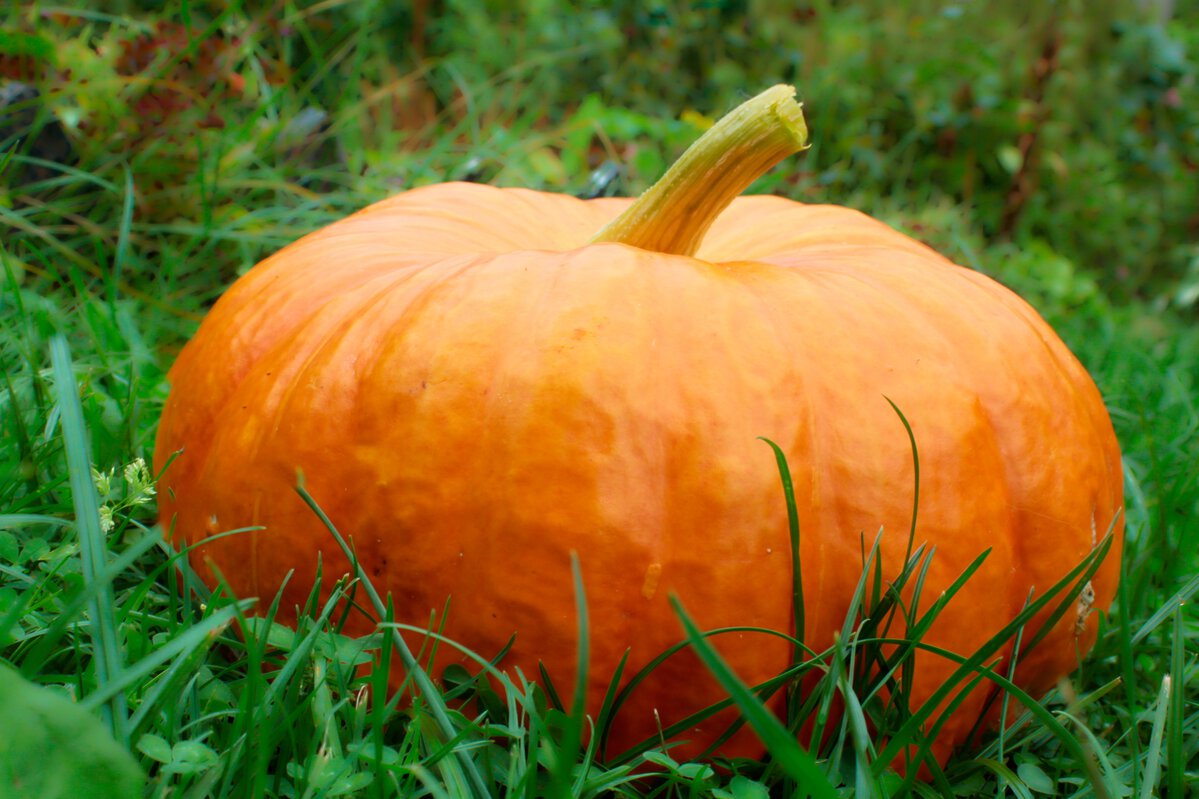
Cucurbita pepo, colloquially known as pumpkin, or "kaddu" or "petha" in India, grows well in states such as Maharashtra, Uttar Pradesh, and Karnataka.
Nutrients: It's a nutrient-rich vegetable packed with vitamins A and C, fibre, and antioxidants.
Health Benefits: It supports eye health, immunity, and digestion.
Quick Recipe: Its sweet flesh is versatile and used in both savoury dishes like curries and sweets like pumpkin halwa.
Pumpkin Curry: Simmer diced pumpkin with spices, coconut milk, and herbs for a creamy and flavourful dish.
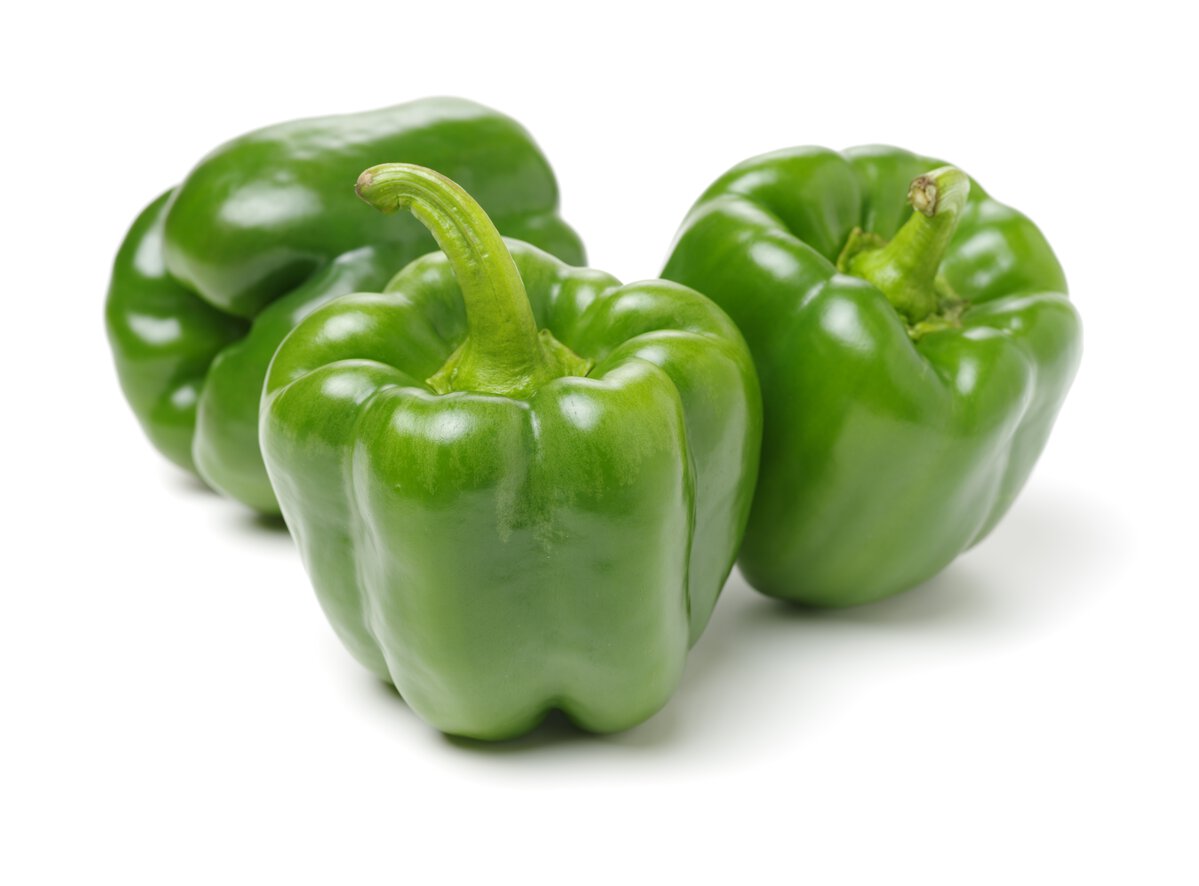
This summer vegetable, also called “Shimla Mirch” or Bell Peppers, is commonly grown in states like Maharashtra, Karnataka, and Andhra Pradesh.
Nutrients: Capsicums are rich in vitamins A, C, and E, antioxidants and fibre.
Health Benefits: This summer vegetable supports immunity and skin health.
Quick Recipe: Its crunchy texture and vibrant colours add depth to salads, stir-fries, and stuffed dishes in Indian cuisine.
Capsicum Stir-Fry: sauté sliced capsicum with onions, garlic, and spices for a flavourful side dish or stuffing for wraps and sandwiches.
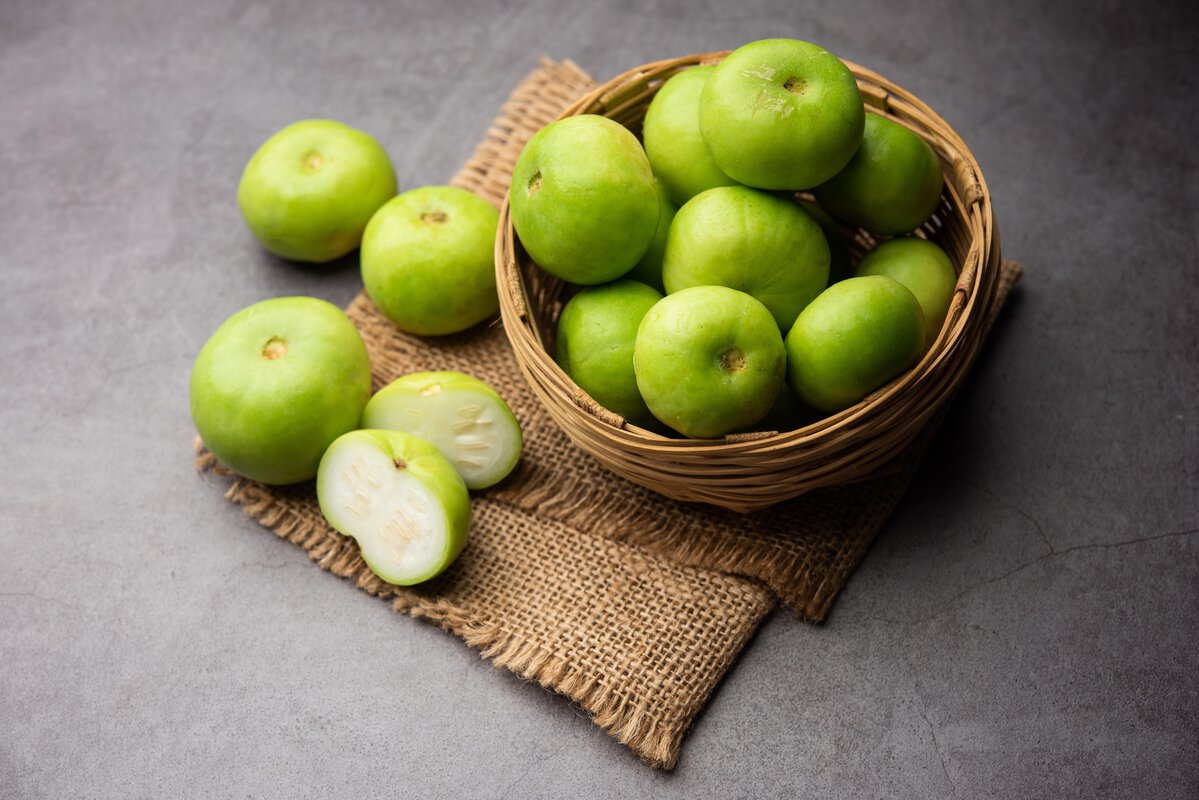
Widely known as "tinda" or "tindora" in India, thrives in warm climates and is commonly grown in states like Maharashtra, Gujarat, and Uttar Pradesh.
Nutrients: It is low in calories but rich in vitamins A, C, and B6, as well as potassium and fibre.
Health Benefits: It promotes hydration, aids digestion, and supports skin health.
Quick Recipe: Its tender flesh and mild flavour make it a popular choice for curries, stir-fries, and stuffed dishes in Indian cuisine.
Summer Squash Stir-Fry: sauté sliced squash with garlic, herbs, and a splash of lemon juice for a quick and tasty dish.
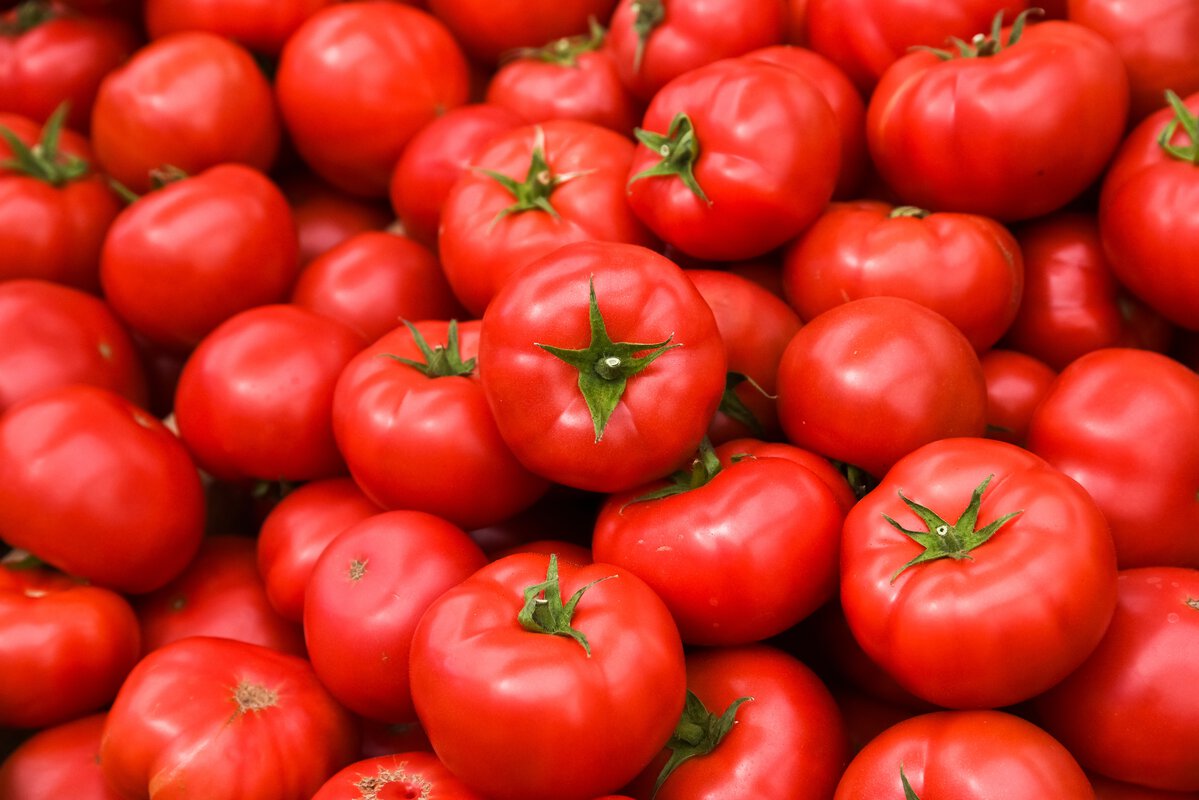
In India, tomatoes, referred to as "tamatar" or "golbhaji," flourish in areas like Maharashtra, Karnataka, and Punjab, where sunlight and moderate temperatures are plentiful. What's intriguing is that, from a botanical perspective, tomatoes are classified as berries.
Nutrients: They're rich in vitamins C and K and potassium.
Health Benefits: It promotes heart health, immunity, and skin health.
Quick Recipe: Widely used in Indian cooking, tomatoes add acidity and richness to curries, sauces, and chutneys.
Tomato Salad: Toss sliced tomatoes with basil, olive oil, balsamic vinegar, and salt for a refreshing and nutritious side dish, showcasing the vibrant flavours of fresh tomatoes.
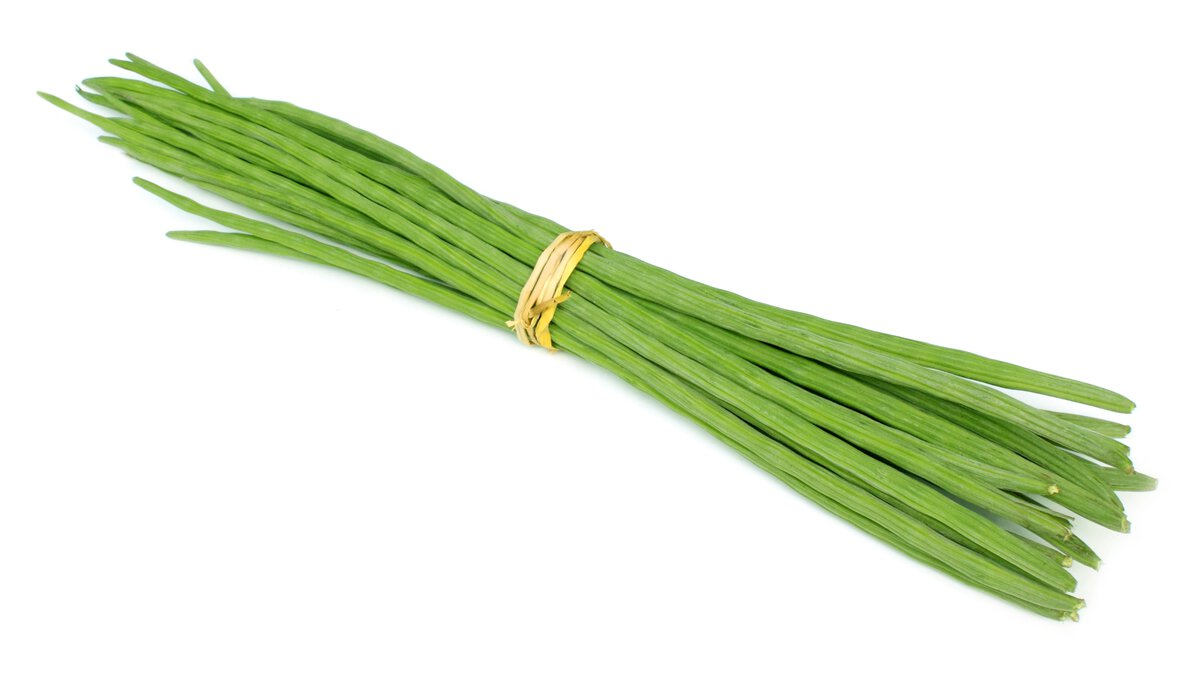
In the vibrant landscapes of India, drumsticks, celebrated as "sahjan" or "murungakkai," flourish under the tropical sun, finding their prime in states like Andhra Pradesh, Tamil Nadu, and Kerala.
Nutrients: They're a good source of vitamins C, A, and B, iron, and calcium.
Health Benefits: Drumsticks support immunity, bone health, and digestion
Quick Recipe: Their tender flesh is commonly used in soups, curries, and stews in South Indian cuisine.
Drumstick Curry: Simmer drumsticks with spices, coconut milk, and tomatoes for a flavourful South Indian dish rich in nutrients.
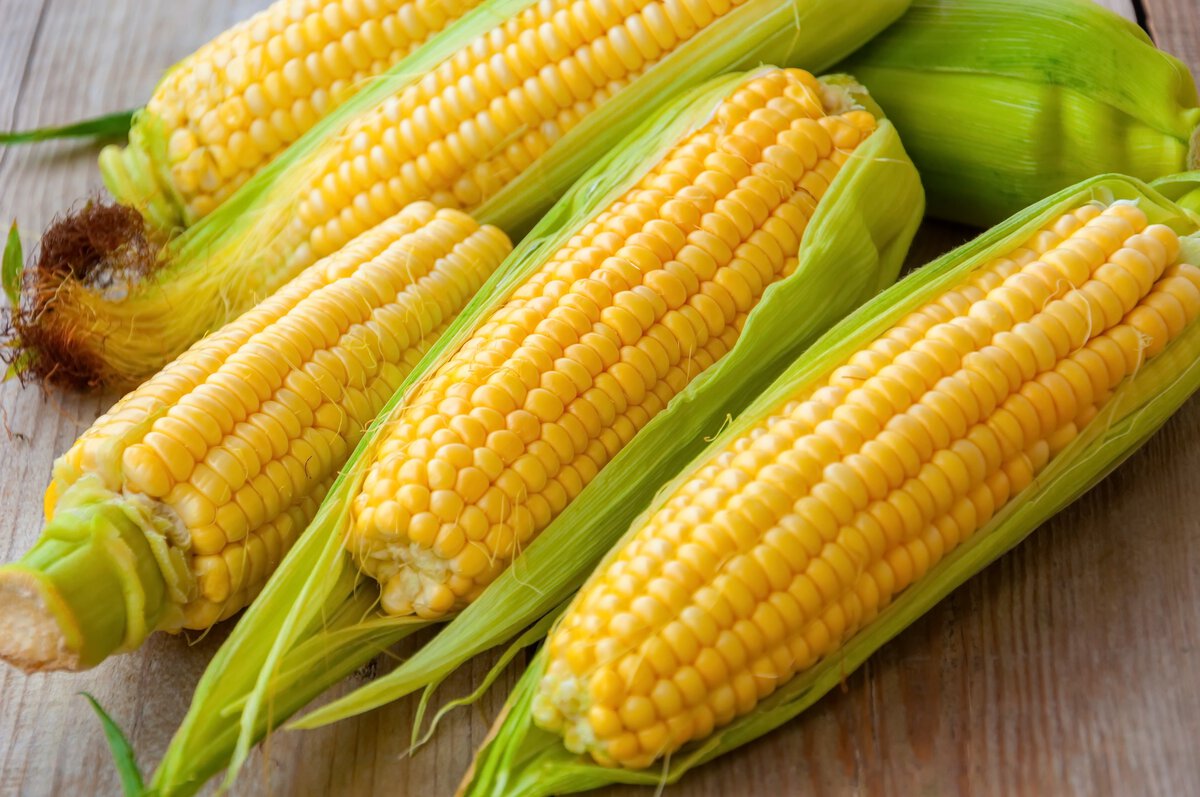
Widely grown across India’s fertile plains, sweet corn, or "makai", flourishes in Punjab, Karnataka, and Madhya Pradesh, where the climate supports its cultivation. Loved for its natural sweetness and versatility, it is a favourite in both street food and home cooking.
Nutritional Value:
Sweet corn is a good source of fibre, vitamin B-complex, and essential minerals like magnesium and phosphorus, making it a nutritious and energy-boosting ingredient.
Health Benefits:
It aids digestion, supports heart health, and provides sustained energy, making it a wholesome addition to meals.
Quick & Easy Recipe:
Sweet corn’s naturally sweet taste pairs well with a variety of flavours. Try Masala Sweet Corn: Toss boiled corn kernels with butter, chaat masala, lemon juice, and a pinch of chili powder for a delicious and spicy snack.
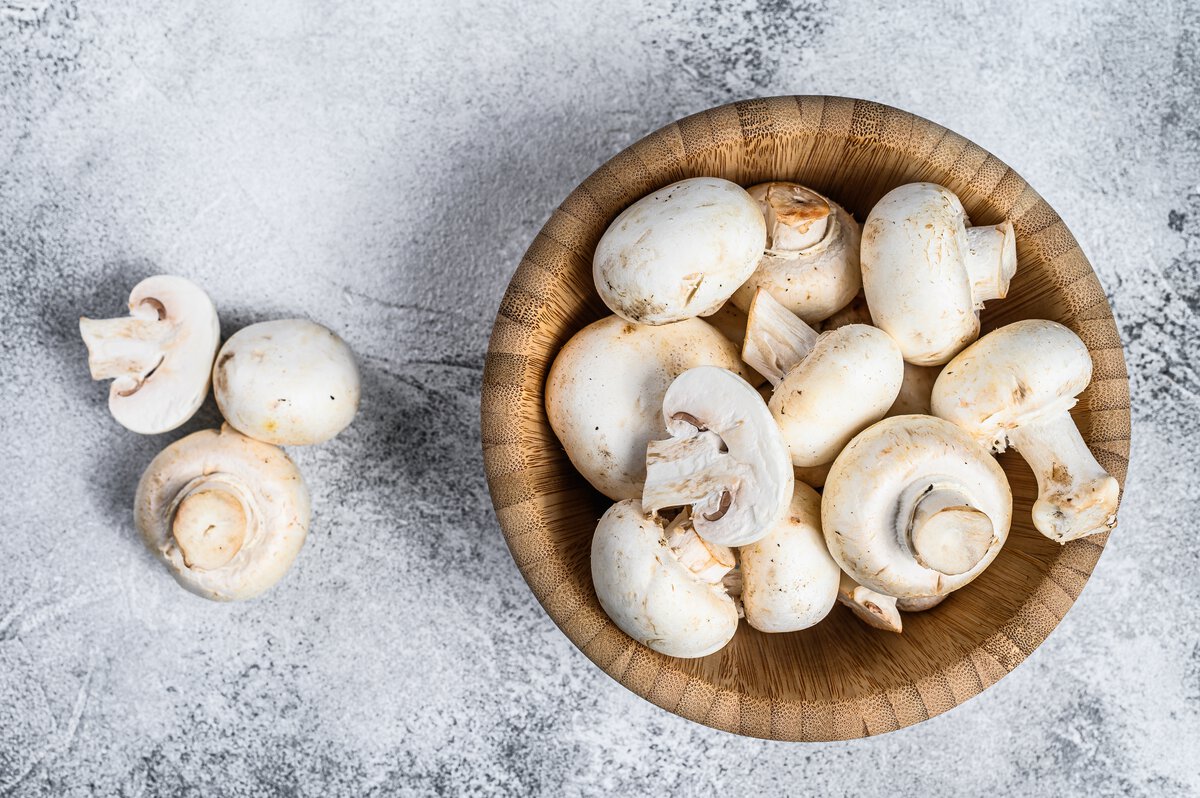
A prized ingredient in both traditional and modern cuisine, mushrooms, known as "khumb" in India, are cultivated in Himachal Pradesh, Uttar Pradesh, and Punjab, where the cool and humid climate provides ideal growing conditions. Their unique texture and earthy flavour make them a versatile addition to a variety of dishes.
Nutritional Value:
Mushrooms are low in calories but rich in protein, fibre, vitamins D and B-complex, and essential minerals like selenium and potassium.
Health Benefits:
They help boost immunity, support brain health, and provide antioxidants, making them a nutrient-dense food choice.
Quick & Easy Recipe:
Mushrooms complement a range of flavours and cooking styles. Try Garlic Butter Mushrooms: sauté fresh mushrooms in butter, garlic, and herbs for a delicious and aromatic side dish.
As the temperatures rise, nature provides an abundance of fresh, nutrient-rich produce that nourishes the body and enhances seasonal well-being. From supporting hydration and digestion to boosting immunity and overall health, these seasonal essentials play a crucial role in maintaining balance during the hottest months. With a diverse range of ingredients, every meal becomes an opportunity to celebrate tradition, flavour, and nutrition. By incorporating these vibrant, wholesome choices into daily cooking, we not only honour culinary heritage but also embrace a lifestyle of wellness and vitality.
Mahindra Holidays & Resorts India Ltd. (MHRIL), a part of Leisure and Hospitality sector of the Mahindra Group, offers quality family holidays primarily through vacation ownership memberships and brings to the industry values such as reliability, trust and customer satisfaction. Started in 1996, the company's flagship brand ‘Club Mahindra’, today has over 300,000 members , who can holiday at 140+ resorts in India and abroad.
We use cookies to personalise content and to provide you with an improved user experience.By Continuing to browse this site you consent to the use of cookies.Please visit our cookie policy for further details.

Welcome to ClubMahindra.com In order to provide a personalised experience for you, we use cookies to enable some website functionality. Cookies help us see which articles most interest you; allow you to easily share articles on social media channels; permit us to deliver content personalised to your interests and locations; along with many other site benefits. For more information, please review our Cookie Policy
When you visit any website, it may store or retrieve information on your browser, mostly in the form of cookies. This information might be about you, your preferences or your device and is mostly used to make the site work as you expect it to. The information does not usually directly identify you, but it can give you a more personalized web experience. Because we respect your right to privacy, you can choose not to allow some types of cookies. Click on the different category headings to find out more and change our default settings. However, blocking some types of cookies may impact your experience of the site and the services we are able to offer.
Because we respect your right to privacy, you can choose not to allow some types of cookies and you have the right to withdraw your consent by send a mail to email id [email protected]
These cookies are essential in order to enable you to move around the site and use its features, such as accessing secure areas of the site. Without these cookies, services you have asked for cannot be provided.
These cookies allow us to employ data analytics so we can measure and improve the performance of our site and provide more relevant content to you. These cookies don't collect information that identifies a visitor down to an individual level that is available to us. These cookies are not passing personally identifiable information to any external third party other than in limited cases when we engage a service provider to act on our behalf but who is then unable to use the data for their own purposes.
Performance cookies are generally third-party cookies from vendors we work with or who work on our behalf that collect information about your visit and use of the Club Mahindra website, for instance which pages you visit the most often, and if you get error messages from web pages. These cookies don't collect information that identifies a visitor. All information these cookies collect is anonymous and is only used to improve your overall experience on how the website works. Third party vendors may have access to this data and may use it to improve their overall services and offerings.
Functionality cookies allow a site to remember choices you make (such as your user name, language or the region you are in) and provide more enhanced, personal features. These cookies cannot track your browsing activity on other websites. They don't gather any information about you that could be used for advertising or remembering where you've been on the Internet outside our site.
Third-party advertising and social media cookies are used to (1) deliver advertisements more relevant to you and your interests; (2) limit the number of times you see an advertisement; (3) help measure the effectiveness of the advertising campaign; and (4) understand people's behaviour after they view an advertisement. They are usually placed on behalf of advertising networks with the site operator's permission. They remember that you have visited a site and quite often they will be linked to site functionality provided by the other organization. This may impact the content and messages you see on other websites you visit. If you do not allow these cookies you may not be able to use or see certain these sharing tools content on our website.